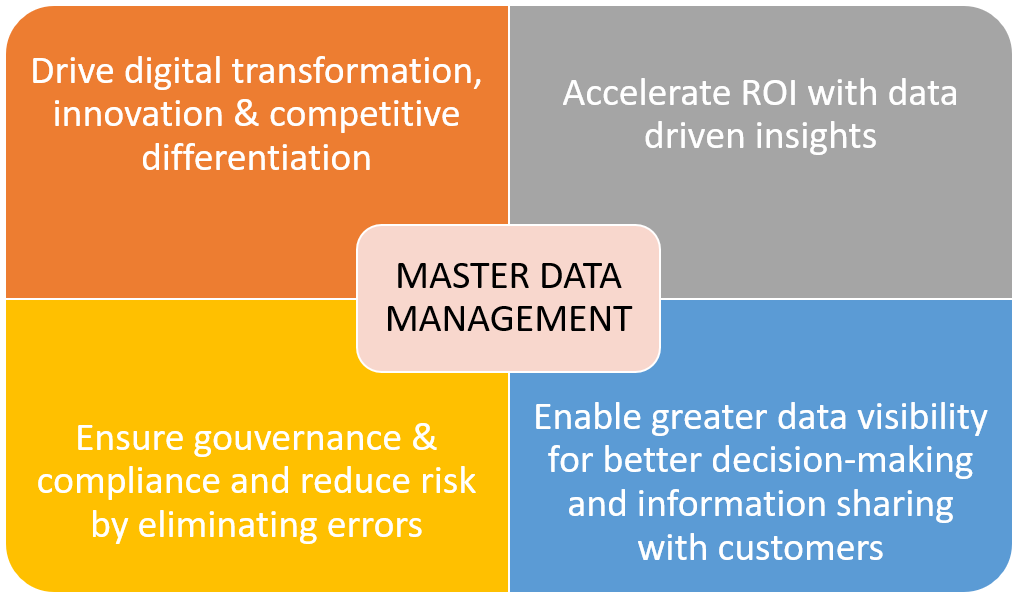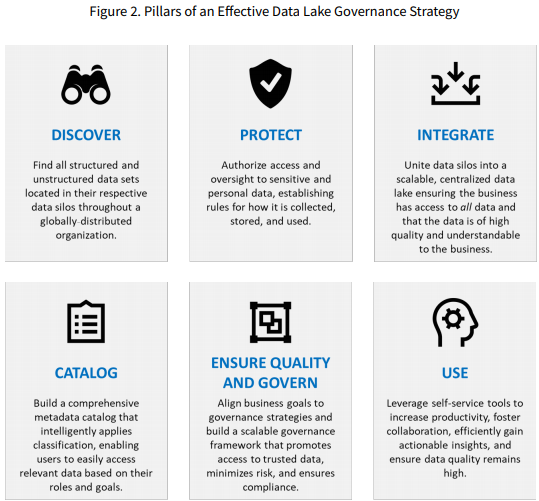Data Migration: How to overcome challenges during the migration process?
Every IT organization regularly faces the challenge of having to migrate data. Whether from the old memory to a new one, or straight to the cloud. A data migration is more than copying from A to B, especially due to increasing amounts of data and systems that are becoming more complex. Companies must ensure that data migration to a new storage system works smoothly before getting into the entire migration process.
As data continues to grow in importance, data migrations become top priority projects. A failure of migrations can lead the organization into a disastrous situation. For a successful migration, there are many factors to consider. Das these process are complex and require a high level of expert knowledge is required to ensure they go smoothly. Organizations that identify potential problem areas before the migration and plan accordingly ahead of time save time and money on their migration projects. Here below is a list of few but most common data migration problems.
Poor data management: Without a holistic overview of your data, it will be challenging to migrate it in a planned, correct and fast manner.In the absence of regular data management, the data lays in an unstructured manner across different systems – and leads to loss of production because important information is either hard to access or no longer available. Poorly managed data is also expensive because those responsible are constantly expanding memory in an uncoordinated manner. As the migration of grown databases can consume a lot of time and money, it is highly recommended to clean up the data structure in advance to get rid of legacy issues and to optimize storage costs.
Manuel migration: Manually migrating an organization’s huge sets of data takes a lot of time and energy & resources. In particular, when data accumulated over decades have to be processed, manual migration is impossible and error-prone. As a solution, company can anticipate automating repetitive parts of migration with advanced migration tools. Not only process automation saves time and money but also increases the quality and data security.
Changing the storage system: The problems with storage migrations increase when an IT administration wants or has to migrate not just to a new array, but to a completely new system – for example when changing providers or when a contract ends. The new system must then be set up in such a way that it behaves exactly like the old one. Otherwise due to the incomplete integrated into the overall IT infrastructure and cause issues.The team responsible for the migration must configure the target systems thoroughly and carefully before the migration.
Recognise and avoid copy errors through the verification process:: Project leader responsible for migrating data wants to be sure that it will arrive correctly at its destination. Incorrect coding of directories that are not displayed correctly can cause incorrect copying of the data in the storage systems involved. The log files of the migration, which many responsible persons use for the verification, cannot sufficiently confirm the correct migration, since they ignore possible weaknesses of the copy tools.
Instead, a modern verification tool can scan data, files and folders including metadata at the source and destination and compare them without further downtime. In this way, errors can be found and addressed. The verification of the data after migration using an independent tool with its own algorithm is essential. It is even mandatory in many sectors. The verification tool also documents the data status at the source and destination at the time of the switch, including the rights, so that the complete migration can be proven afterwards.
Migration are complex projects and require professional analysis, planning and implementation. The companies that have already set up professional data management have an advantage. If you have not yet implemented data management, or if you lack manpower, tools, know-how and expertise, it can be worth seeking advice from experienced data and migration experts or hiring them for both planning and in implementation. Feel free to talk to our experts about your existing or upcoming projects, we’ll be happy to help!.


